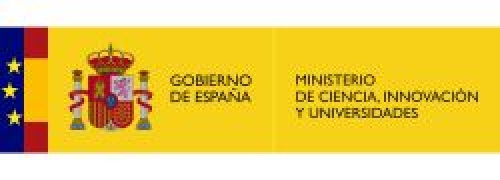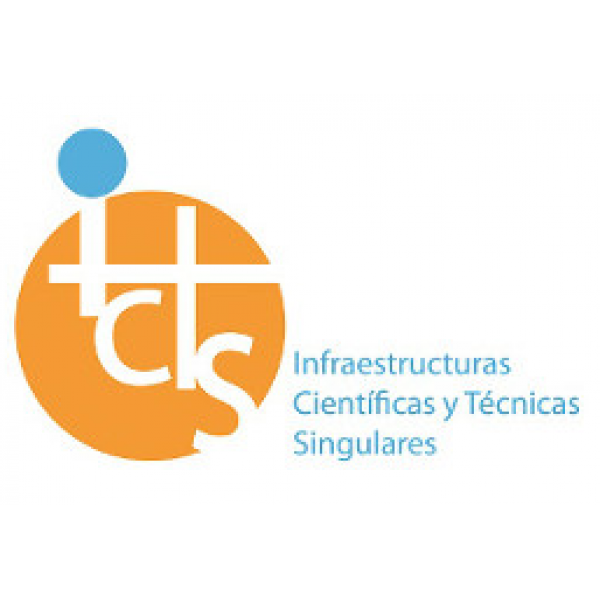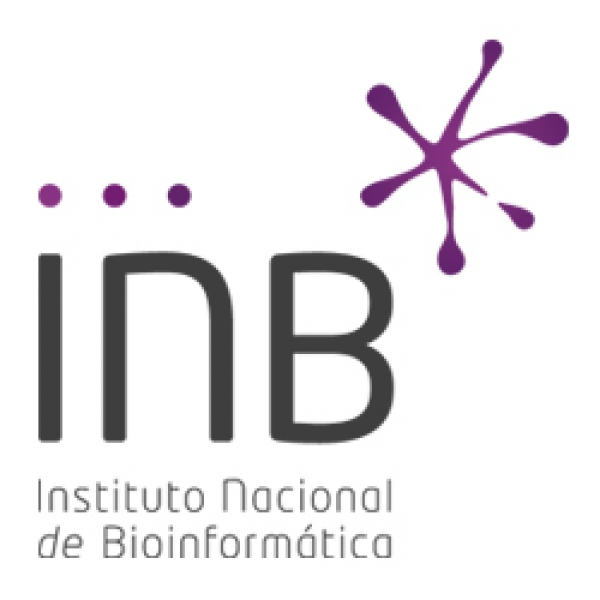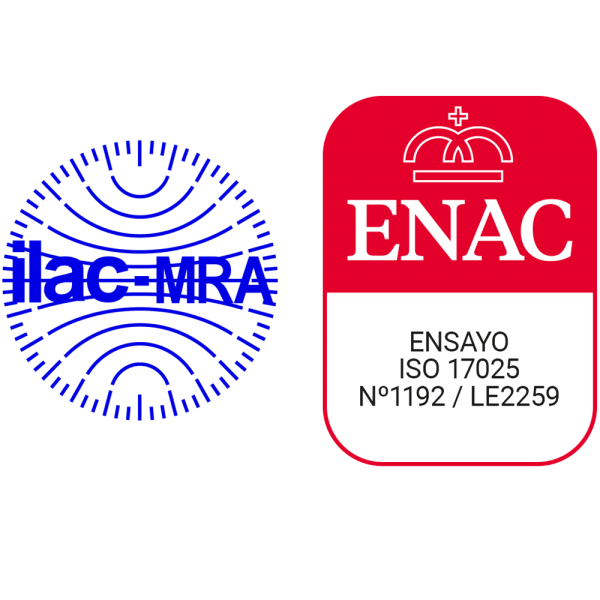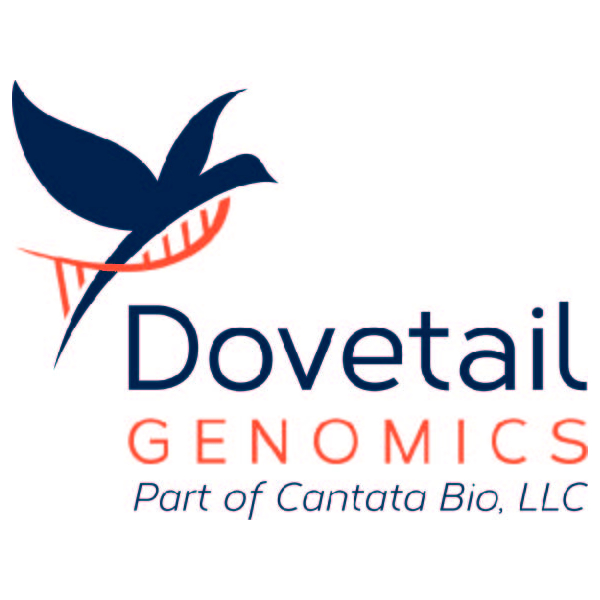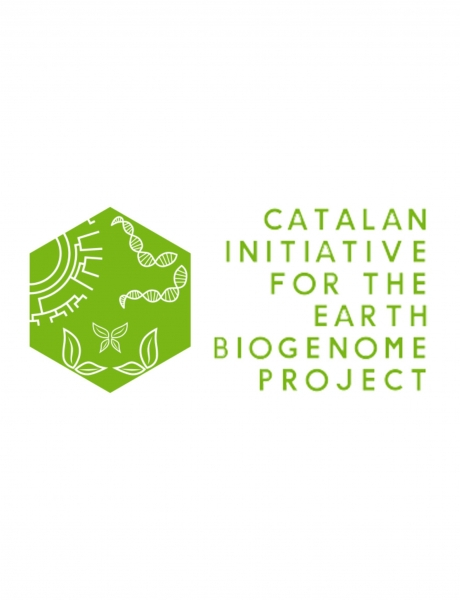
The EU Strategy on Biodiversity for 2030 aims to direct all possible efforts to reverse biodiversity loss, with special attention to freshwater ecosystems, as they have suffered the most in recent years. The Catalan bagra (Squalius laietanus) is an endemic fish of the Catalan rivers, valued for recreational fishing in rural areas. However, its populations are declining and are classified as a vulnerable species on the Spanish Red List. One of its main threats is hybridization with the European bagra (S. cephalus), which could lead to its disappearance in Catalonia. Additionally, climate change, through rising temperatures and prolonged drought periods, poses another significant threat.
This project aims to generate a reference genome for the Catalan bagra, estimated to be approximately 1.2 Gb in size. The genome will enable the development of molecular markers to analyse the genetic diversity of the species, evaluate potential hybridization events with S. cephalus or other congeners, and assess its adaptive responses to climate change.
THE ROLE OF CNAG
Following international quality standards, sequencing will be conducted at CNAG using long-read Oxford Nanopore Technologies (ONT) sequencing combined with high-quality short-read Illumina sequencing. Additionally, contact data at the genomic level (Omni-C) and RNA sequencing (RNAseq) will be generated to facilitate chromosome-level assembly and genome annotation.
The genome of the Catalan bagra will provide vital tools to evaluate its genetic integrity in Catalonia and understand its resilience and adaptability to climate change. This information is essential for improving comprehensive management and conservation plans, ensuring the sustainable maintenance of recreational fishing.
This project is funded by the Institute of Catalan Studies, through the Catalan Initiative for the Earth BioGenome Project.


